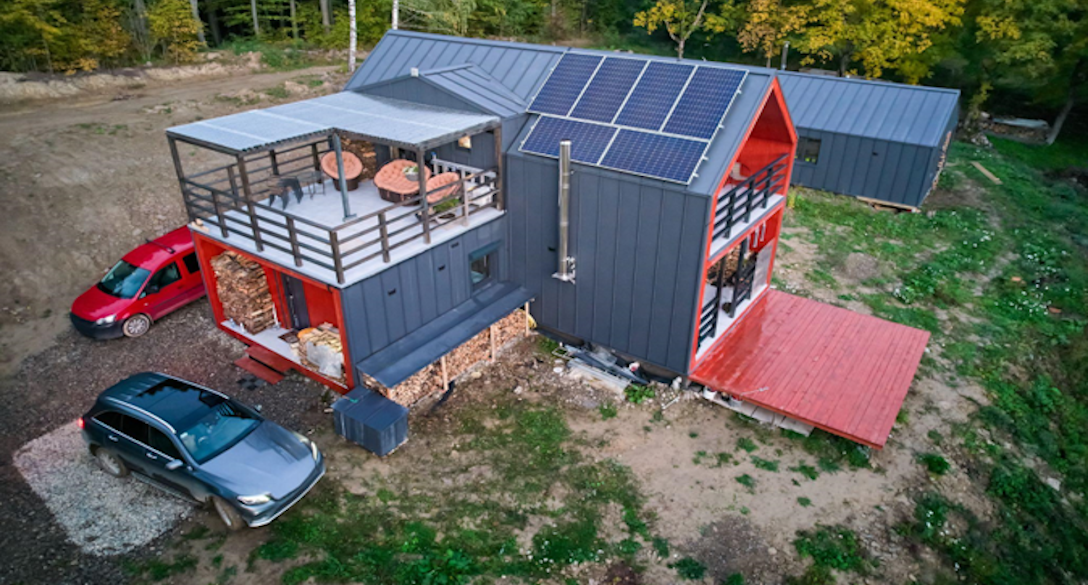How does an echidna breathe when digging through solid earth?
- Written by Christine Cooper, Senior Lecturer, Department of Environment and Agriculture, Curtin University
This is an article from Curious Kids, a series for children. The Conversation is asking kids to send in questions they’d like an expert to answer. All questions are welcome – serious, weird or wacky!
How does an echidna manage to breathe when digging through solid earth? – Isabella, age 8, Cowes, Phillip Island.
Thank you, Isabella, for your great question.
When it comes to breathing, a digging mammal faces some big problems. It has to be able to physically move its chest to inflate its lungs. It also has to be able to get enough oxygen and find a way to get rid of the carbon dioxide it breathes out.
The good news is that echidnas are well adapted to solving these problems.
Read more: The secret life of echidnas reveals a world-class digger vital to our ecosystems
When breathing in and out, they use their muscular diaphragm (a muscle between their chest and abdomen) as well as the muscles between their ribs. These muscles are strong enough to push air in and out, even when they are buried under the top layer of soil and leaf litter.
When they dig down, they loosen the soil around their body. It gets so loose, it doesn’t actually stop their chest from moving in and out, so they can still breathe. When they dig deeper, they form a burrow which has self-supporting walls and roof and so the echidna has enough room to be able to breathe and move.
A bigger problem is getting enough oxygen, and getting rid of enough carbon dioxide when burrowed underground.
Like all mammals, echindas need to breathe in oxygen from the air, and when they breathe out they expel carbon dioxide as a toxic waste product. Having too much carbon dioxide around (from your out-breath) can be a real problem.
Gases such as oxygen and carbon dioxide move through soil more easily than most people think. As long as echidnas do not burrow into very wet soil, just enough fresh air can usually get in and the carbon dioxide from their out-breath can get out.
Read more: Curious Kids: 'I would like to know why man lions have manes and lady lions don't'
Echidnas also have a few special tricks. When they are buried, they move the front part of their bodies a lot to flush the gases through the soil. They make these flushing movements more often if they are buried in really thick soil, or when they are digging really hard and need more oxygen.
Echidnas have very low body temperatures and, like many other burrowing animals, a low metabolic rate (metabolic rate means how fast they use up energy; when you have a high metabolic rate, you use up oxygen faster). Compared with other mammals of a similar size, they don’t use as much oxygen or make as much carbon dioxide. This means that the oxygen that is available isn’t used up very quickly, and carbon dioxide doesn’t build up to dangerous levels.
Finally, echidnas can survive low levels of oxygen. Echidnas in low-oxygen environments breathe more, but they don’t reduce their energy use like most other mammals; they can maintain their normal levels of metabolism. Echidna blood is especially good at holding and transporting oxygen.
Hello, curious kids! Have you got a question you’d like an expert to answer? Ask an adult to send your question to us. They can:
* Email your question to curiouskids@theconversation.edu.au * Tell us on Twitter
 CC BY-ND
Please tell us your name, age and which city you live in. You can send an audio recording of your question too, if you want. Send as many questions as you like! We won’t be able to answer every question but we will do our best.
CC BY-ND
Please tell us your name, age and which city you live in. You can send an audio recording of your question too, if you want. Send as many questions as you like! We won’t be able to answer every question but we will do our best.
Authors: Christine Cooper, Senior Lecturer, Department of Environment and Agriculture, Curtin University



















